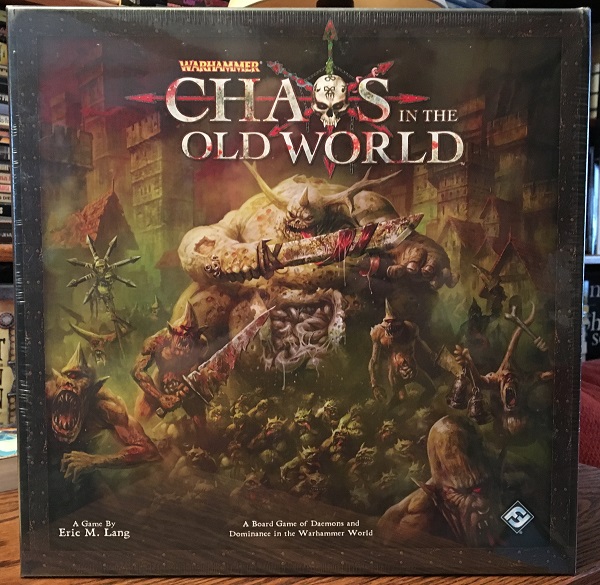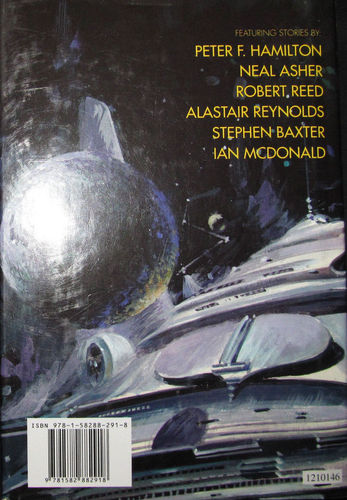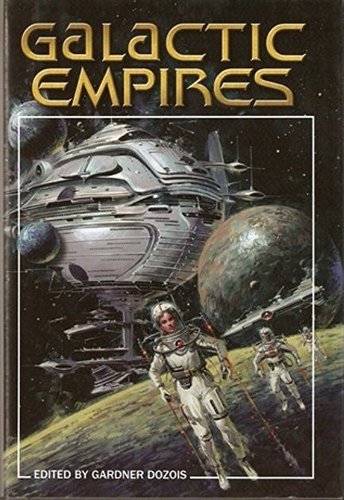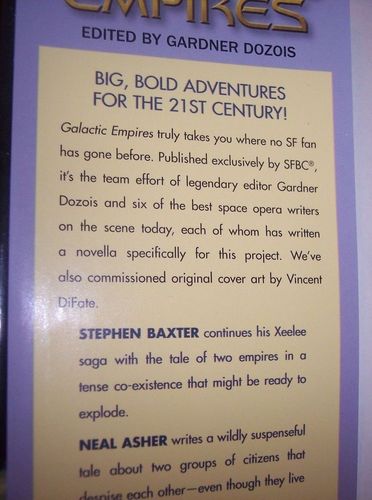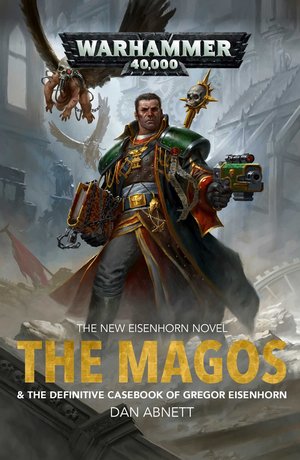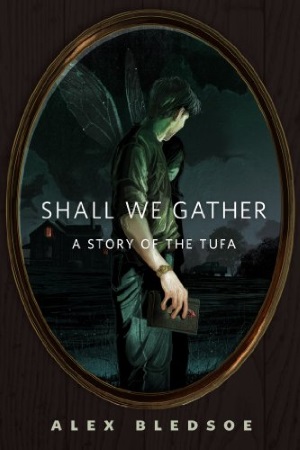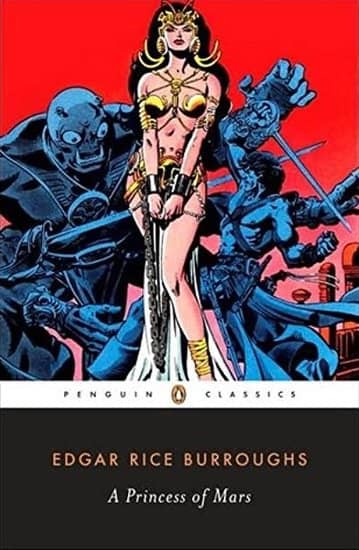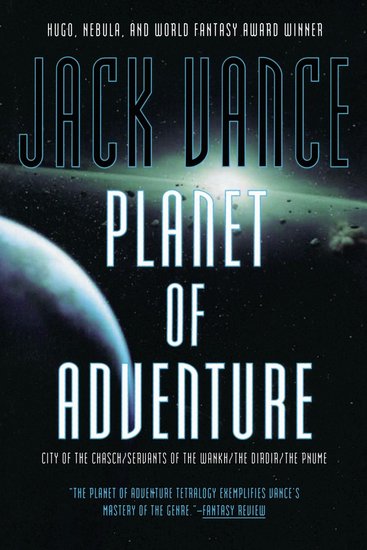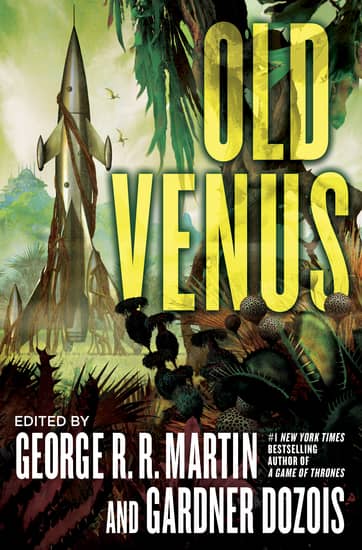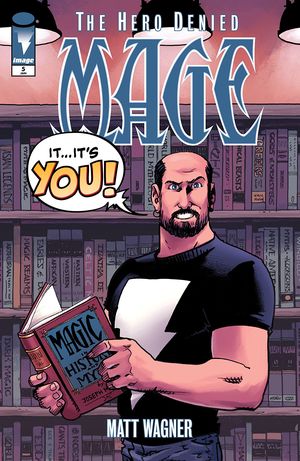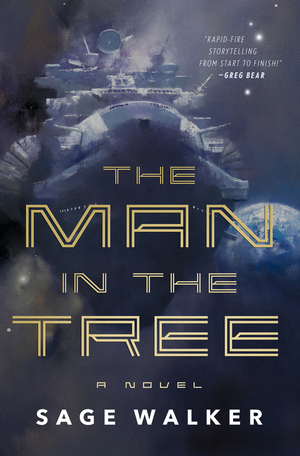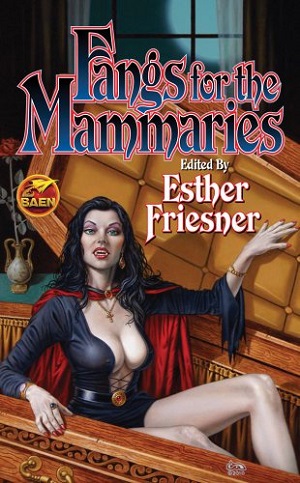The Time of Woe is Upon Us: Warhammer: Chaos in the Old World
I was shopping for fantasy board games online last week, as one does, and I came across a user review of a recent title. It was glowing, and it said “This is my favorite new board game since Chaos in the Old World.”
That reminded me that I’d always intended to take a closer look at Fantasy Flight’s Chaos. It’s a Warhammer game, and I’ve been familiar with the setting for decades. But these days I spent most of my gaming dollars on the far-future version, Warhammer 40,000, and games like Warhammer 40k: Relic and the terrific Forbidden Stars. Now that Fantasy Flight has lost the Warhammer license though, Chaos in the Old World was out of print, and prices were probably starting to creep up. I made up my mind at that point to spend my weekly gaming dollars on a copy, provided I could find one at a reasonable price.
That turned out to be a lot easier said than done. The cheapest copies I could find at Amazon were $279. eBay wasn’t much better — new copies were selling for as much as $300 and up. I gritted my teeth and setting in for a long search.
